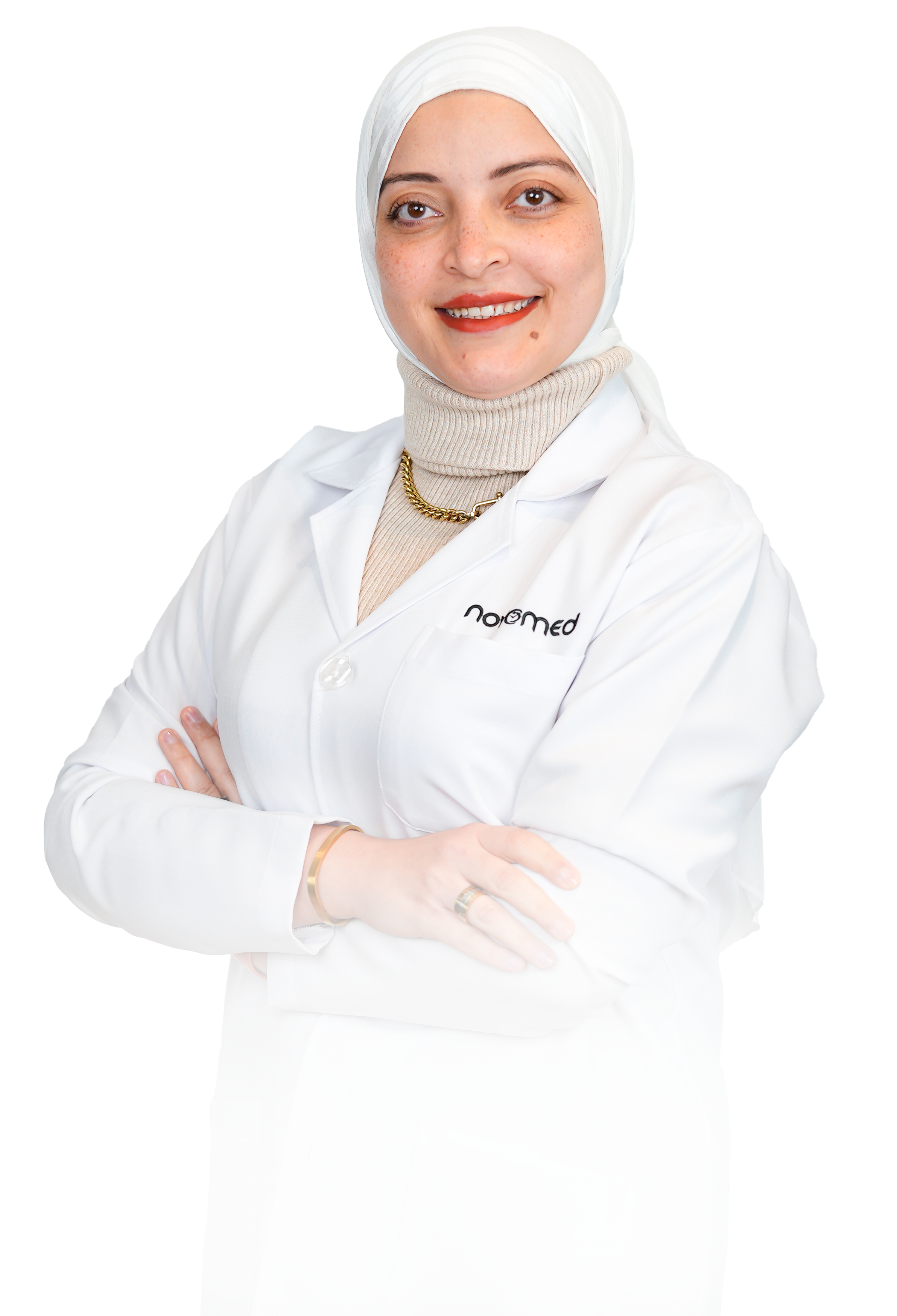What is medical or surgical mole mapping?
Mole mapping is a standard procedure that involves a dermatologist closely inspecting and documenting the patient’s skin. Also, every mole is examined and monitored so that if there are any changes in the moles, then it would be discovered as early as possible.
Medical or surgical mole mapping includes both dermoscopy (a non-invasive exam carried out on the patient’s skin surface with the help of a microscope) and full-body digital photography. Through dermoscopy, the healthcare provider will be able to determine if there are any small and early changes that usually occur when one has skin cancer.
The main reasoning and purpose of the process are to help detect if the individual has skin cancer. The dermatologist will be able to conclude whether the moles on the patient’s body can be classified as a reason to be concerned or not.
What can I expect from the procedure?
The procedure is straightforward and fairly simple. It usually takes approximately 30 minutes to complete the entire process. During the procedure, the patient will be photographed with a specific camera that has a dermoscopic lens. Also, there is no pain or discomfort involved.
An automated computer is used to digitally capture all of the patient’s skin from head to toe. After which, it generates a map of the individual’s full body. If any abnormal moles are detected during the process, then the dermatologist will inspect it further and monitor it with a dermatoscope. Photos of exceptional quality can be taken with this device. It is a premier quality magnifying lens. After the procedure is done, the patient will receive their photographs so that they can keep a personal record of them, if they wish to do so.
During recurring appointments, the same computer is used to help determine if there are any changes to the current moles or if there are any new moles.
What is the ABCDE rule for detecting Melanoma?
Melanoma is a common type of skin cancer. It is also classified as malignant melanoma which is the most dangerous kind of skin cancer. This type of cancer is formed from the skin cells known as melanocytes which provide the skin with its pigment.
To check if a mole has any signs of melanoma, it is advisable to remember the ABCDE rule:
- Asymmetrical shape: A singular mole that is made up of two halves that each consist of a different shape.
- Border that is irregular: A mole that has an uneven outline.
- Change in color: Moles with multiple colors or uneven colors.
- Diameter: If it changes in size or if the mole’s diameter is larger than 6 millimeters.
- Evolving: When it changes over time or starts to develop other symptoms. For instance, if it begins to bleed or itch.
In the majority of cases, the patient usually tends to notice if they have melanoma.
What is the treatment like?
To reduce the risk of discomfort and pain, the medical professional will apply a topical anesthetic one hour before your treatment. The doctor makes tiny pricks under your skin using a pen-like instrument. Since the pinpricks are so small, you’re unlikely to notice them later. The doctor will pass the instrument through your skin uniformly, ensuring that the fresh skin that emerges is also even. When it is over, a serum or soothing cream may be applied to the treated area.
Is the procedure beneficial?
Yes, the procedure is highly beneficial for the following reasons:
- The process enables skin cancer to be detected early.
- It decreases the unnecessary removal of regular moles.
Additionally, everyone should get themselves checked as it is always better to be cautious. However, some people are at a higher risk of developing skin cancer compared to others if they have:
- Numerous moles.
- A family or personal history of skin cancer.
- Moles that were there since birth and can later turn cancerous.
- Atypical moles.
- A suppressed immune system.
- Light-colored skin that freckles or burns easily when exposed to the sun.
- Experienced overexposure to the sun, sunlamps, or tanning beds.
If you have any moles on your body, we recommend carrying out regular checks on them. In the case that you detect a change in a mole, then we suggest that you have it professionally checked by one of our highly qualified dermatologists at Novomed.
When should I get a mole checked?
Our team of skin experts strongly recommend regular self-checks to help detect any unusual looking moles. If any abnormal moles are spotted, then it would be best to book an appointment with a dermatologist.
It is vital to keep the ABCDE rule in mind when carrying out self-checks.
Book your appointment at Novomed today!
To book a consultation with one of our expert dermatologists in Dubai, call us at 8006686, fill out the booking form or click the live chat icon at the bottom of the screen.
































